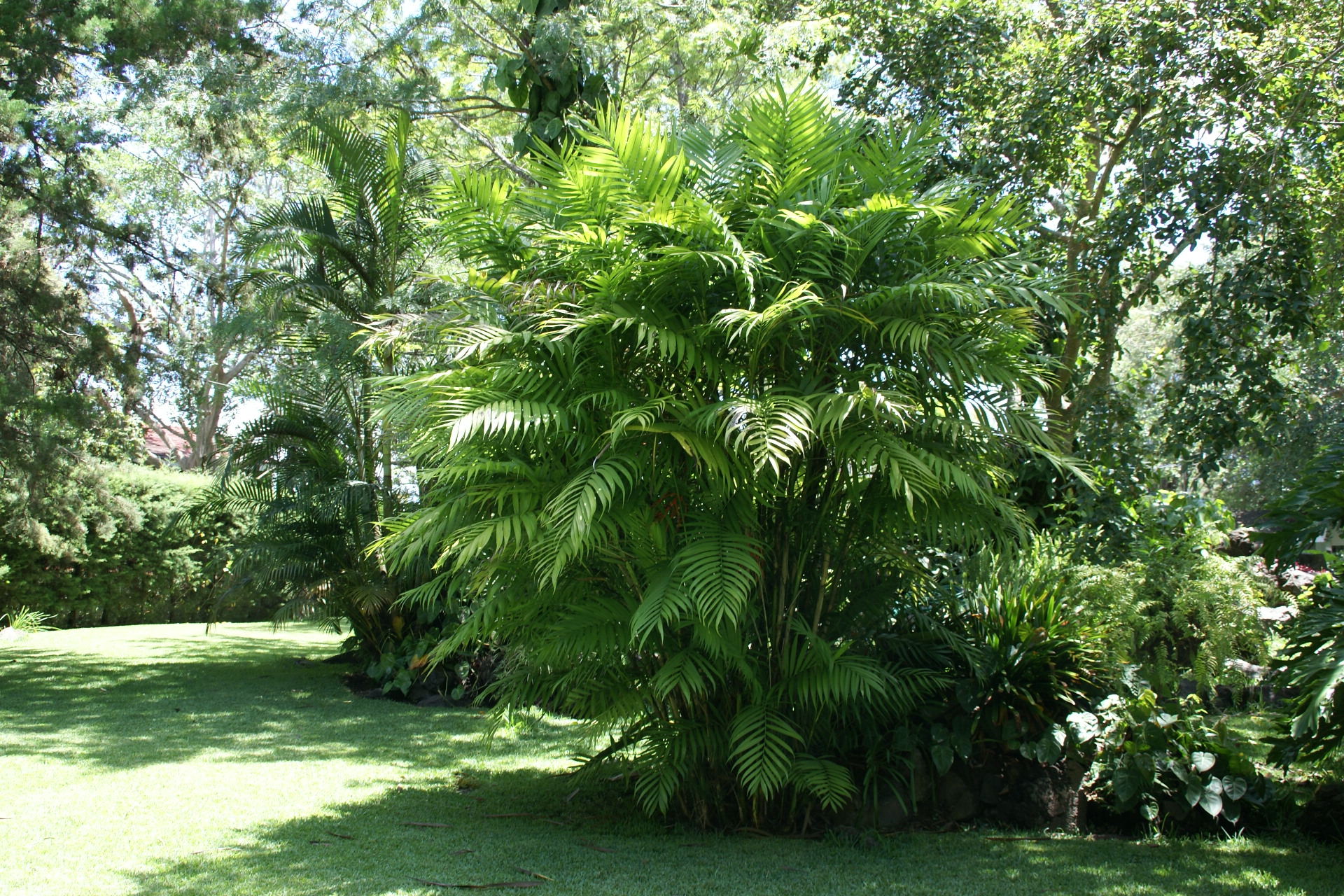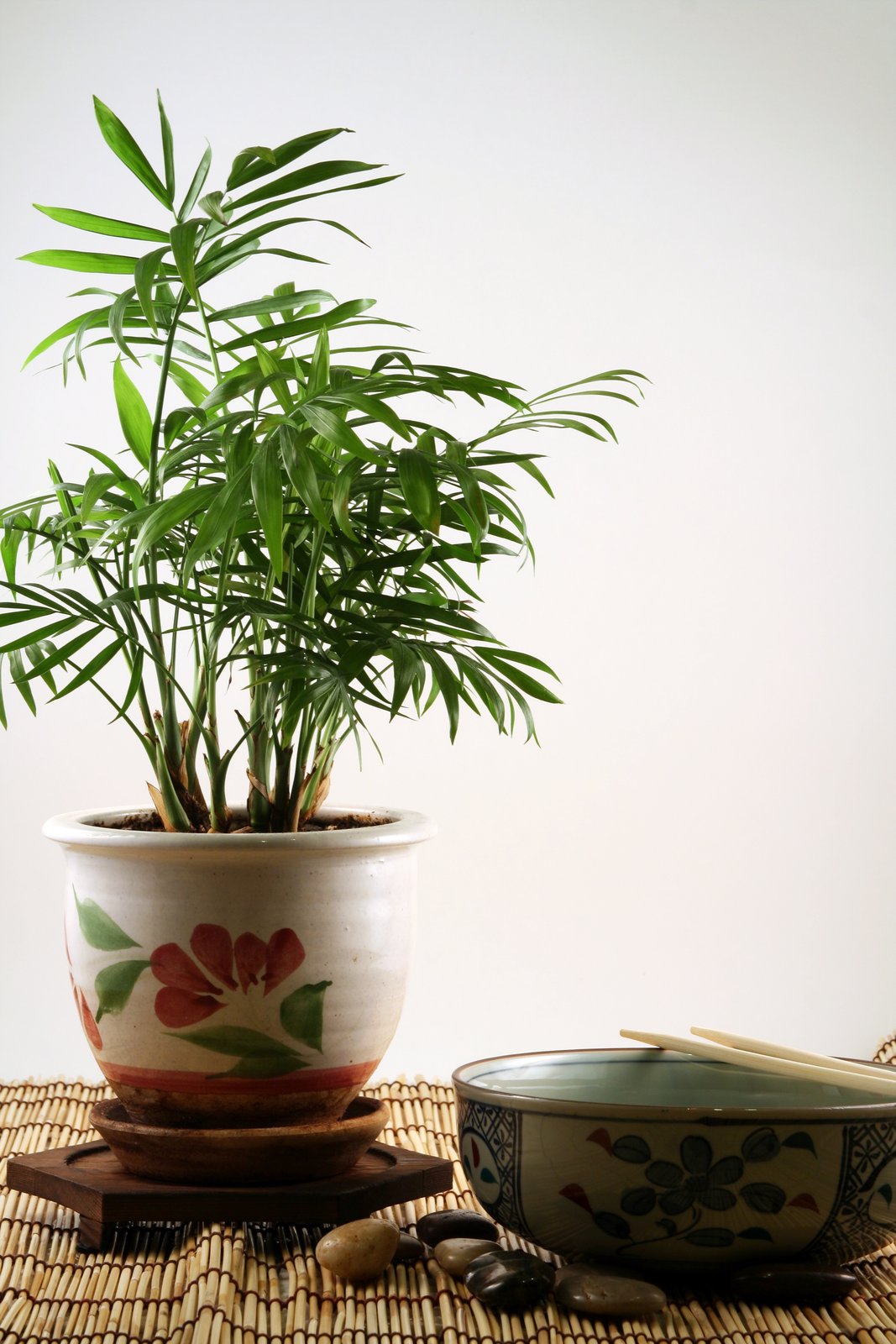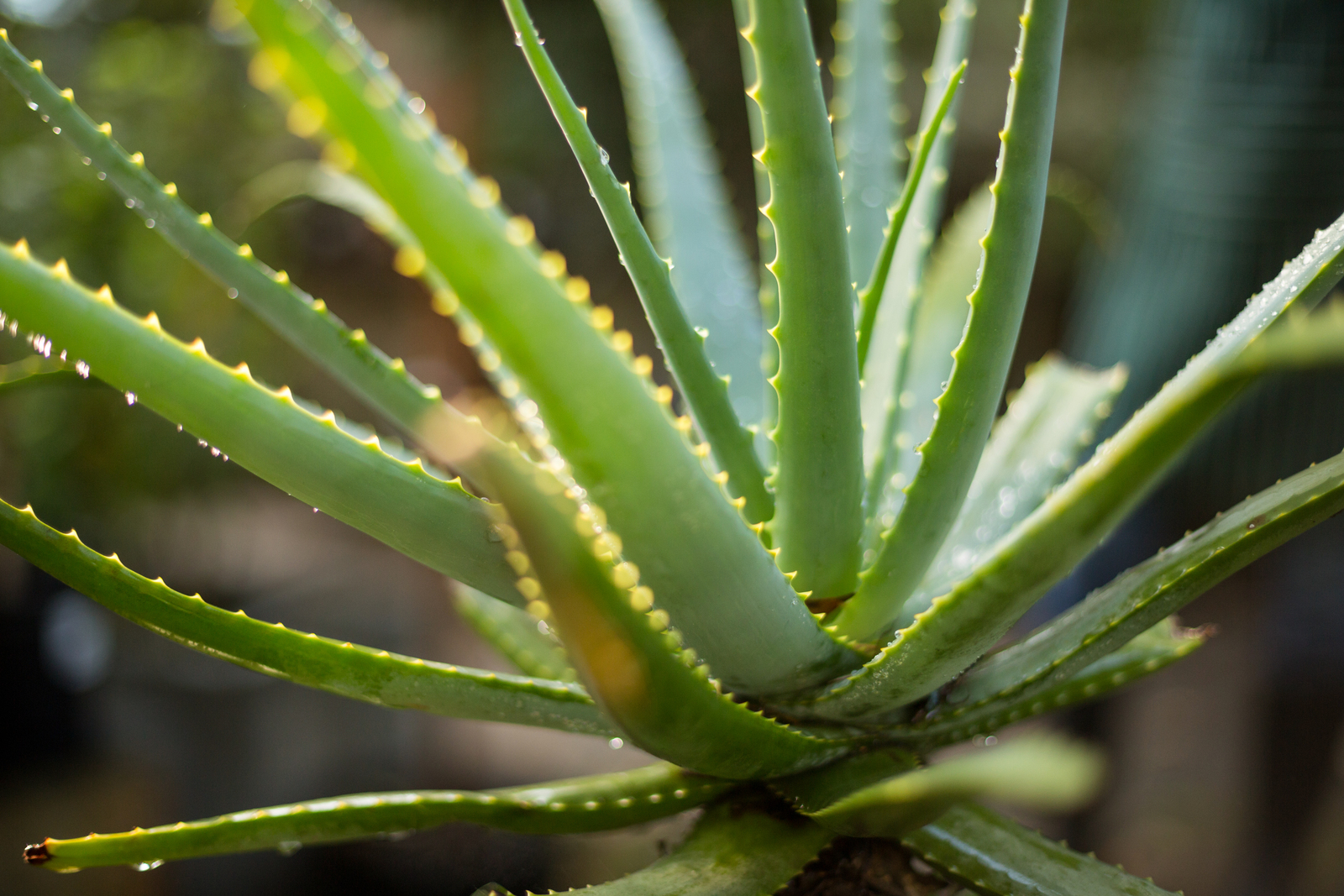Bamboo Palm Tree: Delicate Lacey Fronds
Bamboo palm trees (Chamaedorea erumpens) are native to Mexico and Central America, and are known for their delicate, lacey fronds. These palm trees are the perfect indoor plant for low-light areas in your home or office.
Bamboo palms add graceful tropical beauty indoors as exotic house plants, as well as outdoors in the garden or landscape.

A cultivar of Chamaedorea. Credit: Hermann Luyken, CC BY-SA 3.0
Chamaedorea emprens (also known as Reed Palm and Chamaedorea seifrizii) belongs to the Palmae family, and can be planted year round in USDA hardiness zones 10 through 11.
If you live in a cool climate, this palm tree can be displayed outdoors in a container during the warm months, and then brought indoors during the winter.
Reed palms are shrub-like in appearance, and can grow four to twelve feet tall, with a spread of three to five feet wide. When grown indoors, average height is typically six to seven feet tall. Light green bamboo-like canes (stems) grow up to one inch in diameter.
The lacy, drooping palm fronds are green in color. The evergreen leaflets are 4 to 8 inches in length. These palm trees can be grown indoors as house plants, planted outdoors as a border or tropical accent, or be used to screen off an area in the garden or landscape.
Bamboo Palm Tree Care - Indoors
Bamboo palm trees are the perfect indoor palm to accent an entryway, or display in an elegant room of the house that receives minimal light. They are easy to grow indoors, and thrive with minimal care.

Tips for Reed Palm Care
Lighting - Choose a location that is shady or receives low, indirect light. Avoid indoor locations that receive direct sunlight (will tolerate minimal exposure to sunlight).
Temperature – The ideal daytime temperature ranges from 65°-75° F. Evening temperature should not fall below 55° F. Keep palm away from hot or cold drafts.
Humidity – Bamboo palm trees require medium humidity. To provide adequate humidity, spray palms with water once or twice a week, or place plant container on a saucer filled with pebbles and water (water should be just below the pebble level).
Soil & Fertilizer – You can use a regular potting soil with coarse sand or peat added into the mix. During growing period, fertilize every one to three months with a liquid fertilizer diluted to ½ strength and mixed into water.
Watering – Reed palm trees require moderate watering. Keep soil evenly moist (not soaked – overwatering can cause root rot). The best time to water this plant is when soil becomes dry to a depth of one-half to one-third of the way down from the surface.
Note: This plant requires minimal pruning. Only remove brown, dry fronds that appear to drop.
Bamboo Palm Care - Outdoors
These palms thrive in tropical climates, and can be planted year round in hardiness zones 10-11. They can be planted outdoors in a container or above-ground planter, as well as in the garden or landscape.
Tips for Planting, Care, and Maintenance
Steps for Planting:
- Dig a hole as deep as the container and twice as wide.
- Add a mix of half compost and half soil to the hole, while still leaving space for the palm tree.
- Place the plant in the hole - match the soil level with the level of the material surrounding the palm. Keep in mind, new shoots are delicate – handle bamboo palm tree with care.
- Be sure to water palm thoroughly. Soil should be evenly moist.
Care and Maintenance:
- Be sure you choose a shady, low-light location.
- Allow 36 to 60 inches between plantings.
- Feed every four months with a high quality palm tree fertilizer.
- Keep soil evenly moist.
- Do not plant this palm in a dry location. Bamboo palms like moderate humidity.
- Palm frond tips will turn yellow if over-watering; tips will turn brown if under-watering.
- Home
- Palm Tree Species
- Bamboo Palm Tree



